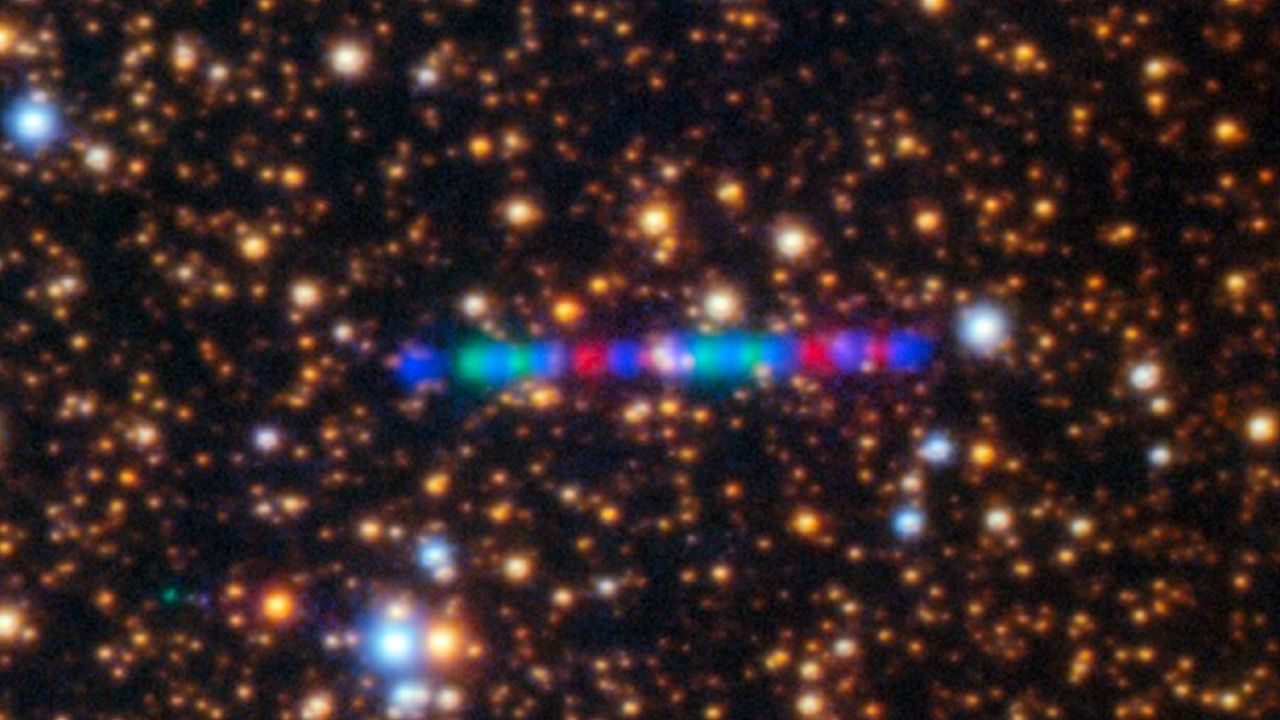A new opportunity has emerged for space exploration as two spacecraft, Hera and Europa Clipper, are set to pass through the tail of comet 3I/ATLAS in late October 2023. This comet, the third known interstellar object discovered, has stirred considerable interest, leading to various hypotheses about its nature, including some fringe theories. Most notably, a recent paper by Samuel Grand and Geraint Jones suggests that these spacecraft could detect ions from the comet’s tail, which has formed as it approaches the Sun.
The upcoming passages of Hera and Europa Clipper offer a unique chance to gather data from the comet’s tail. Hera is en route to the binary asteroid Didymos-Dimorphos, while Europa Clipper is heading toward Europa, one of Jupiter’s Galilean moons, to investigate its icy surface. Both spacecraft will pass through the tail of 3I/ATLAS: Hera between October 25 and November 1, and Europa Clipper from October 30 to November 6.
The comet’s tail has been rapidly expanding since its discovery in June 2023, with recent observations indicating a significant release of water particles. These findings suggest that the tail could yield important ions, which may provide insights into the comet’s composition and behavior. The tail is expected to continue growing until it reaches perihelion on October 29, 2023.
Determining the exact path of the ions is complex due to the influence of solar wind, which can push particles away from the comet along a curved trajectory. To estimate the potential locations of these ions, the authors of the paper employed a model called “Tailcatcher.” This model predicts the trajectory of cometary ions based on varying solar wind speeds and calculates the minimum distance required for spacecraft to successfully collect data from the tail.
Despite the challenges, both spacecraft are positioned within millions of kilometers of the tail’s center. Hera’s closest approach will be approximately 8.2 million kilometers, while Europa Clipper will be around 8 million kilometers away. Though this distance may seem significant, it is still feasible for detecting ions from a highly active comet like 3I/ATLAS.
While Hera lacks the necessary instruments to detect ions or magnetic field changes, Europa Clipper is well-equipped for this task. Its plasma instrument and magnetometer are specifically designed to measure such phenomena. The challenge now lies in whether mission controllers for these spacecraft can adjust their operations in time to capitalize on this unique opportunity.
If successful, the instruments aboard Europa Clipper could potentially be the first to directly sample the tail of an interstellar comet, marking a historic moment in space exploration. The implications of such findings could reshape our understanding of comets and their behavior in the solar system.
The potential for groundbreaking discoveries remains high as 3I/ATLAS continues its journey through space, and these upcoming encounters promise to add a new dimension to our knowledge of interstellar objects.
